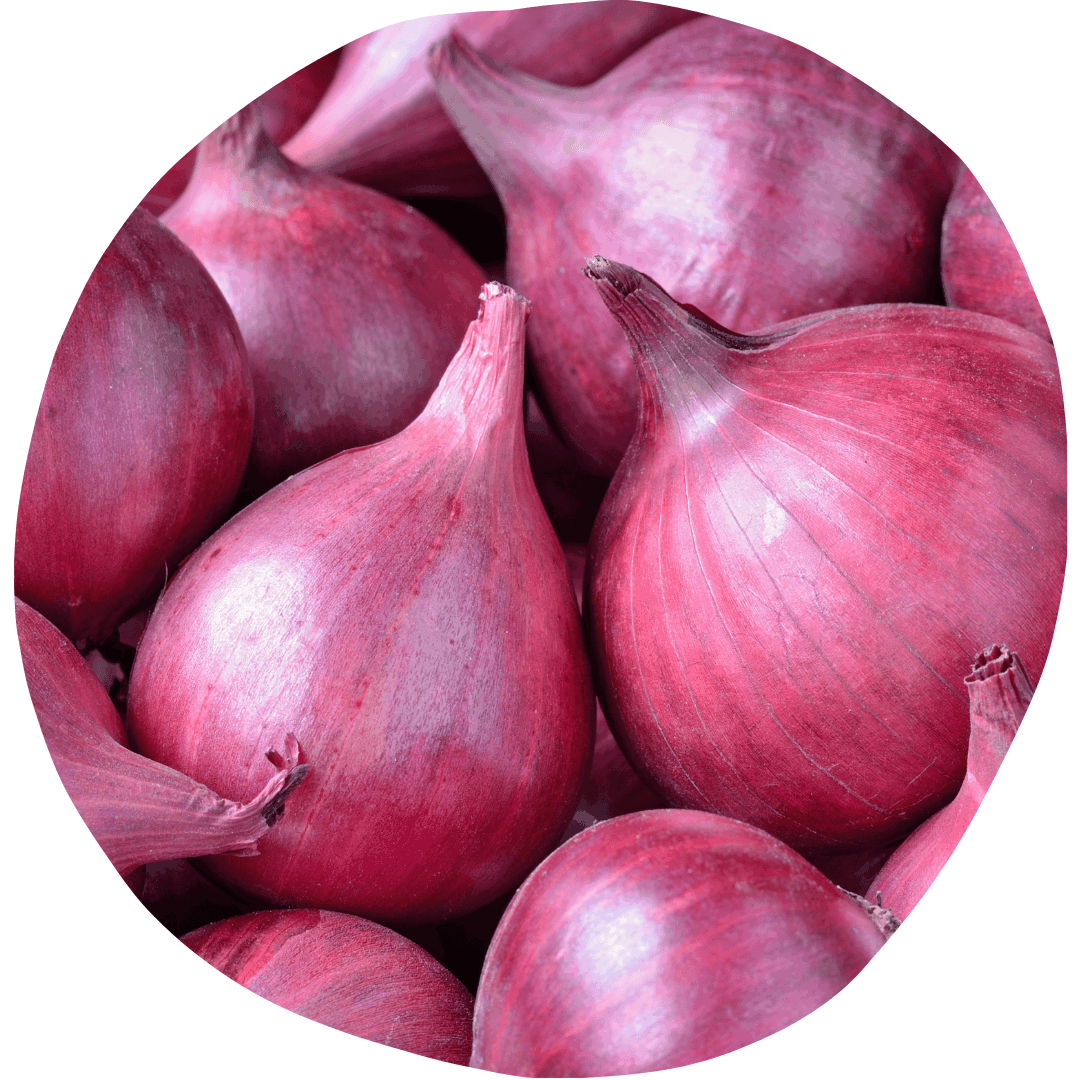How to Grow Onions
Growing Conditions
Onions are a cool weather crop that grow well in the low temperatures of spring and early summer, bulbing up when the weather warms in mid to late summer. Choose a location that drains well and receives full sun. Obstructions in the soil can cause stunted or malformed bulb growth, so work the soil down to several inches deep and remove any debris before planting. Add organic matter and till into existing soil.
Starting
Onions may be started indoors 6-8 weeks before the last frost in your region. If direct sowing for a fall harvest, plant onion seed as soon as the soil can be worked in the spring. Onion seed germinates in a wide range of soil temperatures as low as 13-15°C, but ideal germination occurs between 20-29°C. Sow your seeds in rows ½” deep and space plants 4-6" apart in rows 12-18" apart. Thin seedlings after sprouting if needed to maintain proper spacing and avoid crowding the roots.
Find our full guide to seed starting here.

Care
When your onions have grown to around 6-8" high, trim your sprouts down to 4" to discourage lanky, leggy growth. Onion stalks may be eaten like green onions or chives. You may keep your seedlings pruned to maintain upright growth before transplanting. If direct sown, be sure to thin your onion seedlings by pinching them off at the soil to allow for around 6” of space. The more space you provide, the larger each root can become. You can check back in a few weeks and do a second thinning if more seedlings have popped up.
Onions are heavy feeders and should be fertilized with a high nitrogen fertilizer on a biweekly basis until the bulb begins to form. They require at least an inch of water per week and may require supplemental watering during dry spells in the summer. Mulch can help retain moisture in the soil during hot periods. Keep your beds well weeded throughout the growing season to ensure your onions have enough room to grow. It's essential to stay on top of weeds in your onion bed, as their thin leaves do not shade out competitors.
Pests and Diseases
Cutworms - Small caterpillars that chew through stems. Look for damage to the stems at ground level.
Onion Maggots - Tiny white worms that burrow into and feed on onion bulbs, destroying the bulb and causing foliage to wilt and yellow
Fusarium Rot - A fungal infection that causes discoloured stems, rotten roots, and wilted plants.
Leaf Spot/Blight - Fungal infections that cause dark spots on foliage.
Crop rotation, garden cleaning, and proper spacing between plants are the best ways to prevent problems caused by pests and diseases. Diatomaceous earth can be used to control crawling pest species, while sticky traps will catch flying pests. Row covers and insect netting can also prevent travelling pests from landing on your crops and causing damage. Ensure good drainage in your chosen planting spot to prevent problems with fungus and rot. Contact us for more specialized pest control methods such as beneficial nematodes.
Harvest
Onions are slow growers and typically reach maturity in 90-120 days depending on variety. Reference your seed packet for each variety's days to maturity. Wait for about 2/3rds of the green tops to have wilted before harvesting. It's best to harvest onions when the soil is dry. Gently brush the dirt from your onion bulbs but do not wash them. Cure your onions before storing by laying them flat or hanging them in a dry, well ventilated area out of sunlight. Allow airflow between each bulb and turn them regularly. Curing may take up to 3 or 4 weeks. Before storing, cut the foliage and place them in a bag or container with good airflow.

